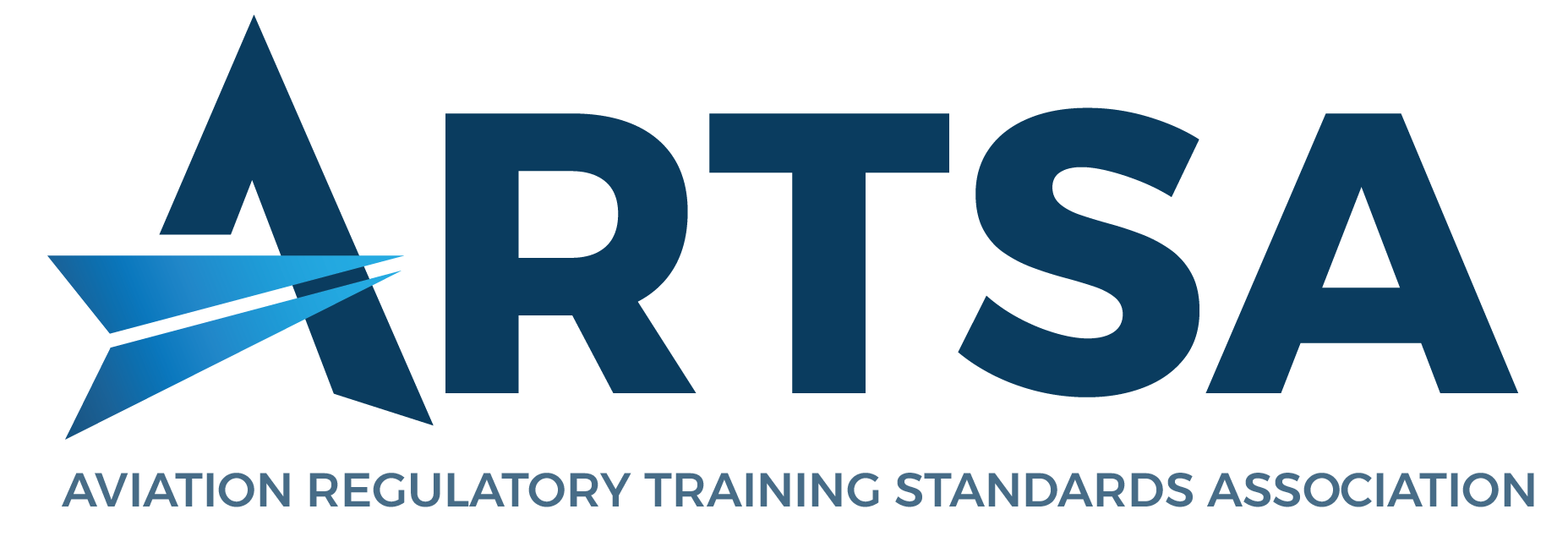
As the aviation industry evolves, 2025 brings challenges and opportunities for EASA-compliant regulatory training organizations.
Adapting to new regulations, technologies, and market dynamics is crucial to remaining competitive and delivering high-value training. Here are key trends and strategies for success in the coming year:
Increased Emphasis on Competence-Based Training
- EASA’s focus on performance and competence, rather than compliance alone, highlights the need for training programs emphasising practical skills and measurable outcomes. Scenario-based learning and advanced assessments will ensure participants meet industry expectations.
Integration of Digital and Immersive Technologies
- Adopting VR, AR, and AI-powered learning tools is revolutionizing regulatory training. Immersive simulations, interactive scenarios, and real-time feedback enhance learner engagement and retention. Investment in these tools is essential for staying ahead.
Blended Learning Models
The demand for flexible delivery methods will continue to grow. Combining self-paced online courses with live webinars or classroom sessions allows learners to balance work and training effectively.
Regulatory Training for Emerging Markets
With expanding aviation sectors, regions like the Middle East, Asia-Pacific, and Africa present growth opportunities. EASA-compliant training providers can target these markets with tailored programs aligned with local contexts and global standards.
Data-Driven Training Analytics
Leveraging data analytics to track learner progress, performance, and feedback provides a competitive edge. Insights from analytics refine content, improve learner outcomes, and demonstrate ROI to clients.
Advanced Training for Safety Management Systems (SMS)
With SMS becoming a cornerstone of aviation safety, training should cover advanced topics like safety culture, predictive risk assessment, and SMS integration into organizational processes. In-depth SMS-focused programs will position organizations as leaders.
Expanding Certification and Accreditation Services
Recognized certifications hold increasing value for participants and corporate clients. Aligning with accrediting bodies or offering ARTSA-endorsed qualifications will enhance credibility and appeal.
Adapting to Workforce Demographics
As younger generations join the aviation workforce and seasoned experts retire, training must engage digital-native learners while facilitating knowledge transfer.
Cybersecurity and Threat Awareness
Rising cybersecurity threats necessitate aviation cybersecurity compliance, data protection, and incident management training.
Key Strategies for Success
- Content Innovation – Regularly update courses to align with regulatory changes, including recent amendments to Part 21, Part 145, and Part CAMO.
- Customer Success Programs – Strengthen client relationships through personalized support and value-added services.
- Target Niche Markets – Develop training for specialized areas such as cybersecurity, drone operations, and urban air mobility.
- Embrace Digital Transformation – Adopt immersive technologies like VR and AI-powered tools to deliver engaging, practical learning experiences.
The Year Ahead
2025 offers unparalleled innovation, growth, and market leadership opportunities in EASA-compliant regulatory training. By embracing these trends, your organization can meet the aviation industry’s evolving needs and secure its success in a competitive and dynamic market.
Stay ahead by exploring www.artsa.aero for insights, resources, and training development opportunities to navigate the challenges of 2025 and beyond.
For more information, please email office@artsa.aero
